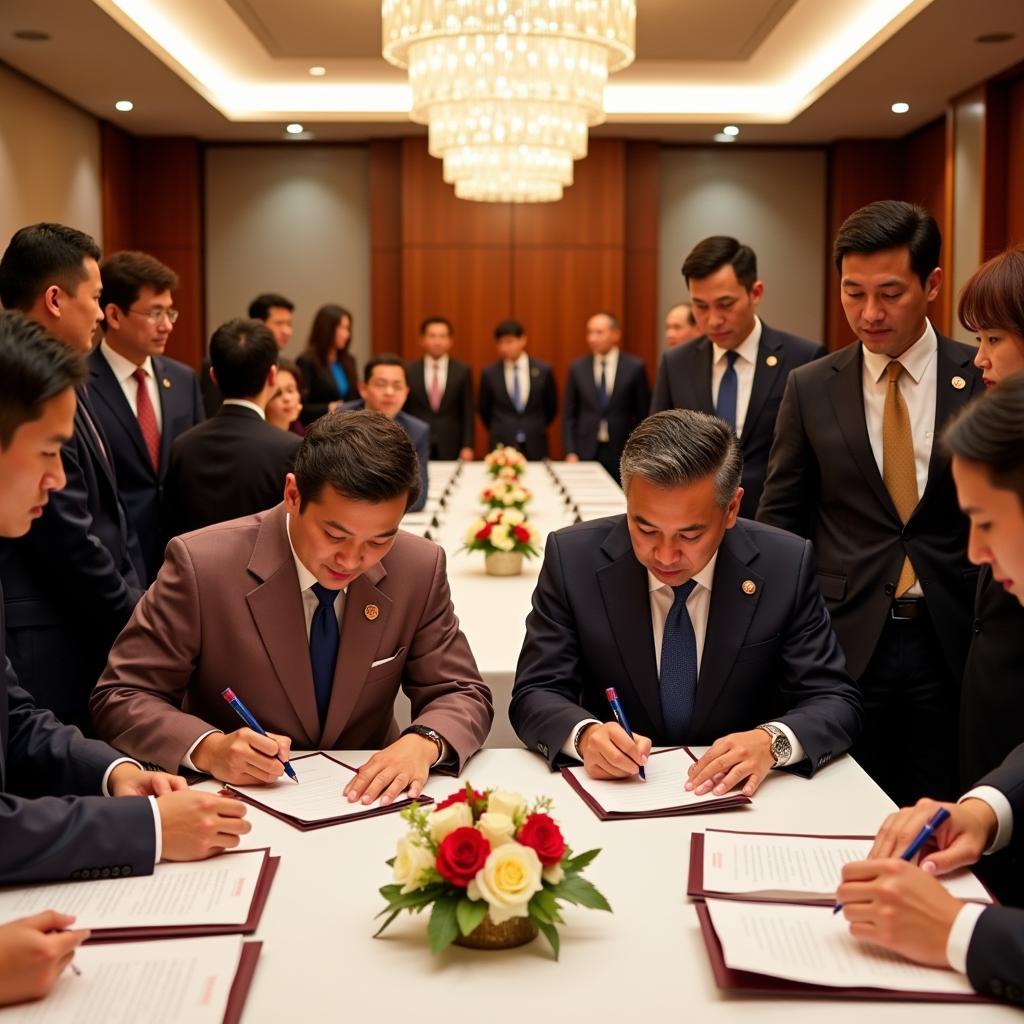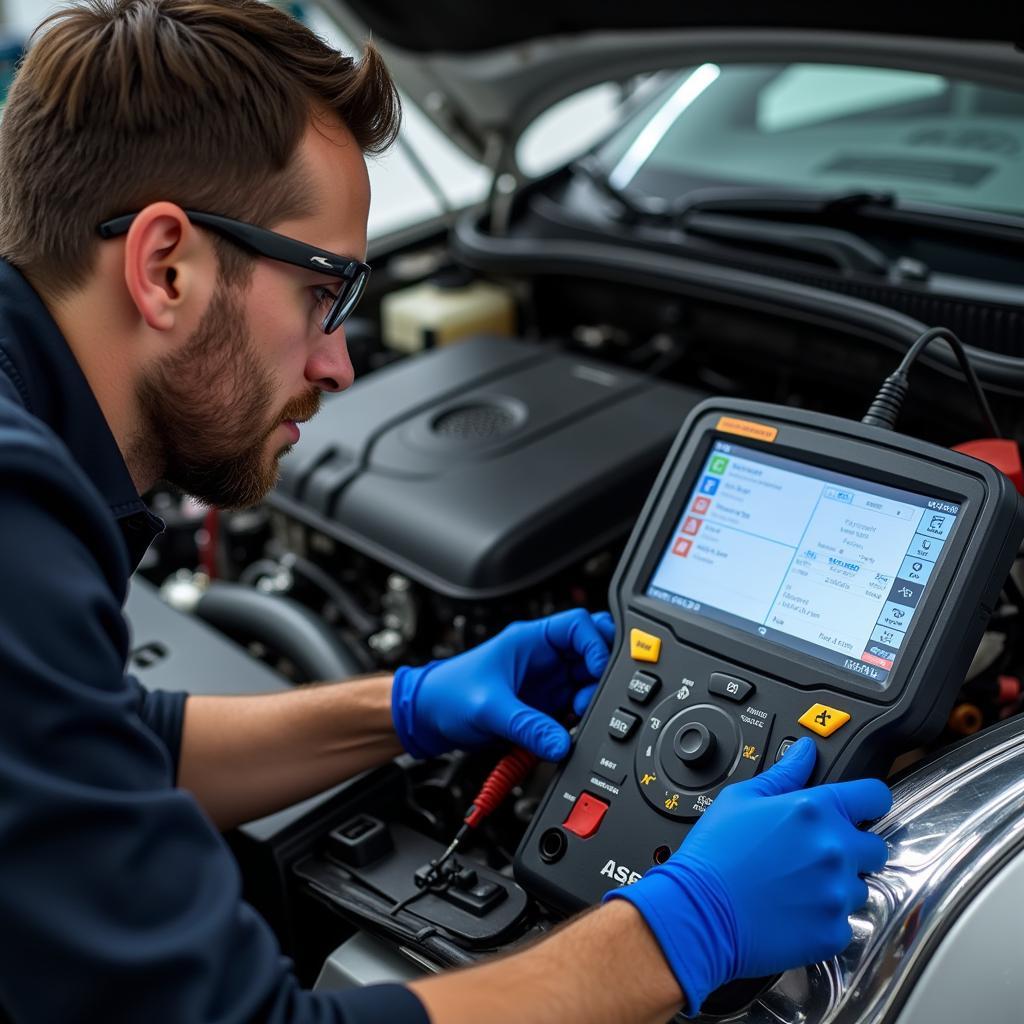ASEAN refrigerant regulations are evolving rapidly, driven by the region’s growing cooling needs and global environmental concerns. This makes understanding the current landscape and future trends crucial for businesses operating within Southeast Asia.
The Growing Demand for Cooling and the ASEAN Refrigerant Landscape
The demand for air conditioning and refrigeration is soaring in ASEAN nations due to rising temperatures and increasing disposable incomes. This surge, however, presents a significant challenge: the refrigerants traditionally used, like hydrofluorocarbons (HFCs), are potent greenhouse gases. Recognizing this, ASEAN member states are actively transitioning towards more sustainable cooling solutions and adopting environmentally friendly refrigerants.
Phasing Out HFCs: ASEAN’s Commitment to the Kigali Amendment
ASEAN countries have demonstrated a strong commitment to the Kigali Amendment to the Montreal Protocol, which aims to phase down HFCs. This commitment translates into national policies and regulations promoting the adoption of low-Global Warming Potential (GWP) refrigerants.
Navigating the Regulatory Landscape: Key Regulations and Standards
Navigating the diverse regulations and standards across ASEAN can be complex. Each member state has its own implementation timeline and specific regulations regarding refrigerant use, import, and handling. Understanding these nuances is vital for companies involved in the cooling sector.
Sustainable Alternatives: Exploring Low-GWP Refrigerants
The shift towards sustainable cooling involves exploring and adopting low-GWP refrigerants. Several promising alternatives are gaining traction in the ASEAN region.
Natural Refrigerants: A Return to Basics
Natural refrigerants, such as hydrocarbons (HCs), ammonia, and CO2, are experiencing a resurgence. These refrigerants have negligible GWP and offer excellent thermodynamic properties.
“Natural refrigerants are not just a trend; they represent a return to the fundamentals of cooling, offering both environmental and economic benefits,” says Dr. Anya Sharma, a leading expert on sustainable cooling technologies in Southeast Asia.
HFOs: The Next Generation of Refrigerants
Hydrofluoroolefins (HFOs) are synthetic refrigerants with significantly lower GWP compared to HFCs. They offer similar performance characteristics and are becoming increasingly popular in various applications.
Choosing the Right Refrigerant: Factors to Consider
Selecting the appropriate refrigerant involves careful consideration of various factors, including the specific application, system compatibility, safety requirements, and environmental impact.
“The ideal refrigerant choice is not a one-size-fits-all solution. It requires a thorough assessment of the specific needs and conditions,” advises Mr. Kenji Tanaka, a seasoned HVAC engineer with extensive experience in the ASEAN region.
The Future of ASEAN Refrigerant: Innovation and Collaboration
The future of cooling in ASEAN relies heavily on innovation and collaboration. Research and development efforts are focused on developing even more efficient and environmentally friendly refrigerants.
Embracing Technological Advancements
Technological advancements are playing a crucial role in enhancing the efficiency of cooling systems and optimizing refrigerant usage. This includes the development of smart cooling systems and advanced heat transfer technologies.
Fostering Regional Cooperation
Regional cooperation is vital for sharing best practices, harmonizing standards, and promoting capacity building in the ASEAN refrigerant sector. This collaborative approach is essential for achieving a sustainable cooling future for the region.
Conclusion
The ASEAN refrigerant landscape is undergoing a significant transformation, driven by the need for sustainable cooling solutions. By embracing low-GWP refrigerants, fostering innovation, and promoting regional cooperation, ASEAN countries are paving the way for a greener and more comfortable future. Understanding and adapting to these changes is crucial for businesses in the cooling sector to thrive in the evolving ASEAN market.
FAQ
- What are the main refrigerants being phased out in ASEAN?
- What are the alternatives to HFC refrigerants in ASEAN?
- What is the Kigali Amendment and how does it affect ASEAN?
- What are the benefits of using natural refrigerants?
- What are the key regulations regarding refrigerant use in ASEAN?
- How can businesses adapt to the changing ASEAN refrigerant landscape?
- Where can I find more information about ASEAN refrigerant regulations?
Common Scenarios and Questions:
Scenario: A business owner wants to replace their old air conditioning system with a more environmentally friendly option.
Question: What are the available low-GWP refrigerant options suitable for commercial air conditioning in my country?
Scenario: An HVAC technician needs to service a refrigeration system using a natural refrigerant.
Question: What are the safety precautions and handling procedures for working with hydrocarbon refrigerants?
Scenario: A company is importing refrigeration equipment into an ASEAN country.
Question: What are the import regulations and licensing requirements for refrigerants in this specific country?
Further Reading and Resources
For more information on ASEAN refrigerant regulations and sustainable cooling solutions, please explore other articles on our website related to:
- Kigali Amendment implementation in ASEAN
- Low-GWP refrigerant options
- Natural refrigerant technologies
- Energy-efficient cooling systems
Need support? Contact us 24/7: Phone: 0369020373, Email: [email protected], or visit us at: Thôn Ngọc Liễn, Hiệp Hòa, Bắc Giang, Việt Nam.

